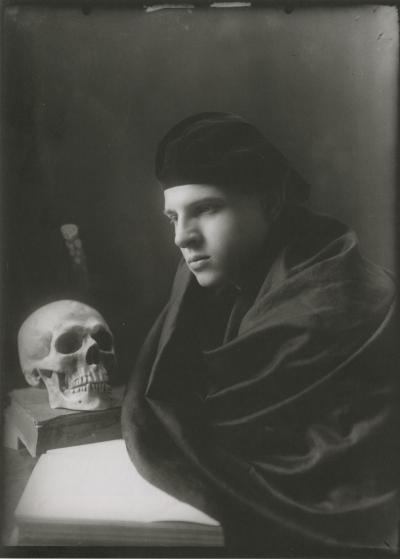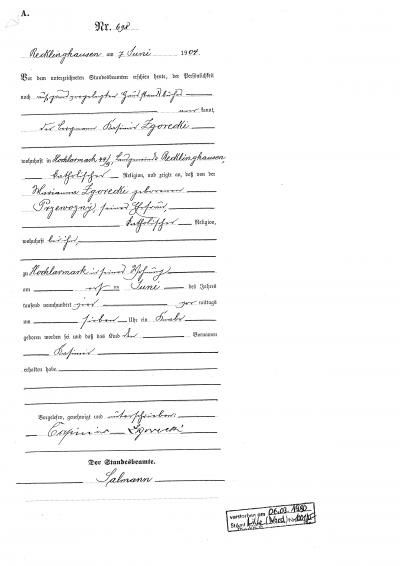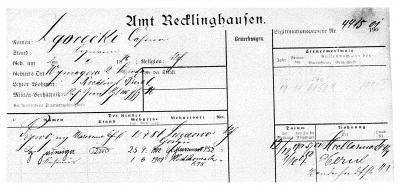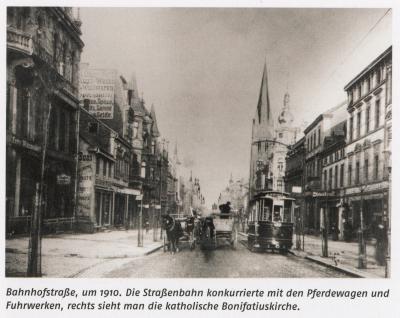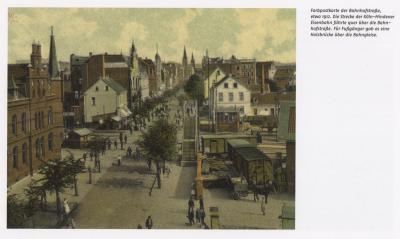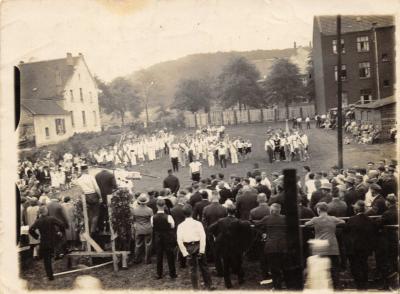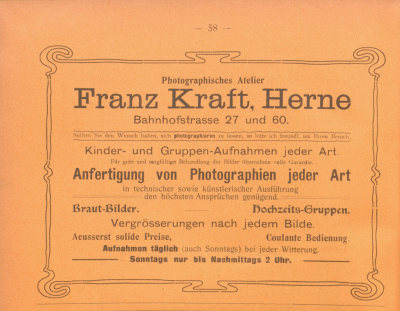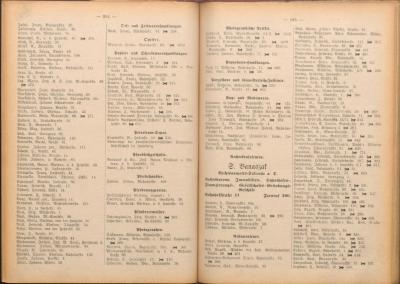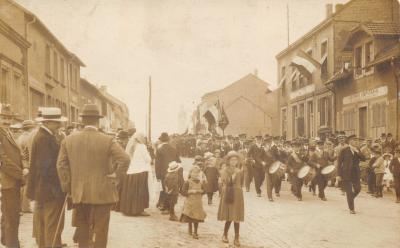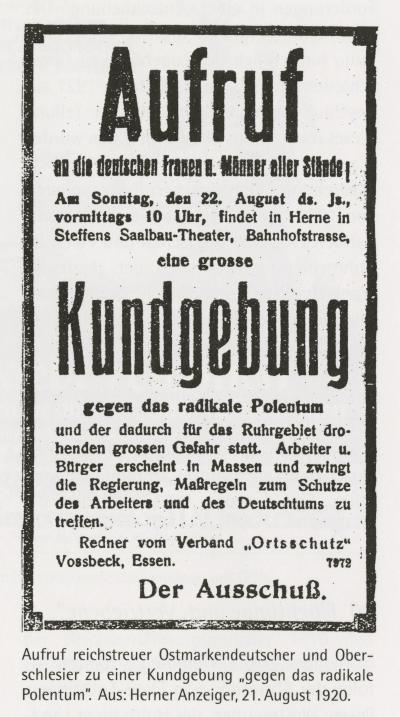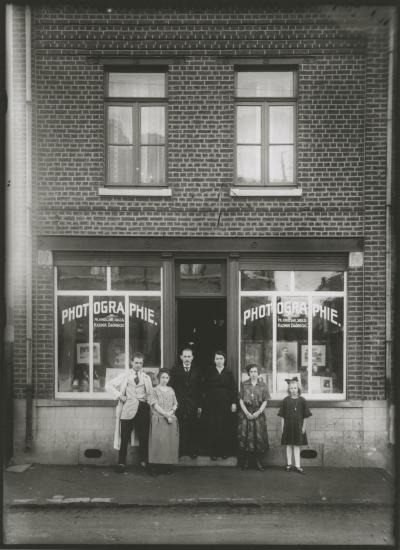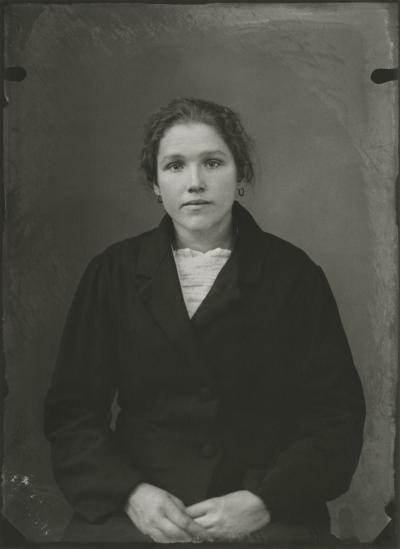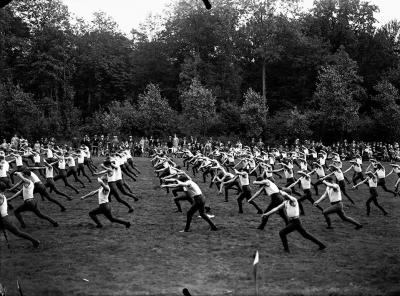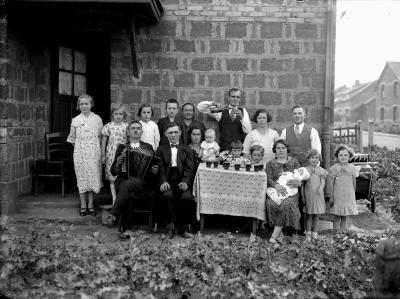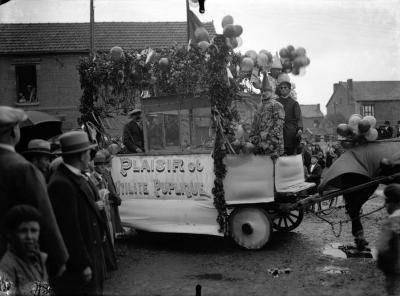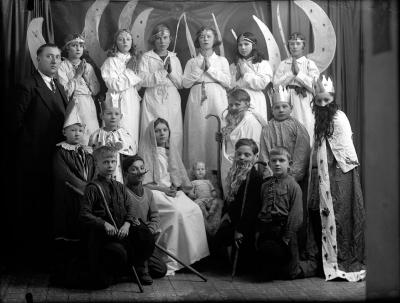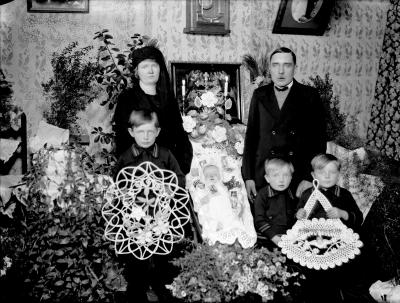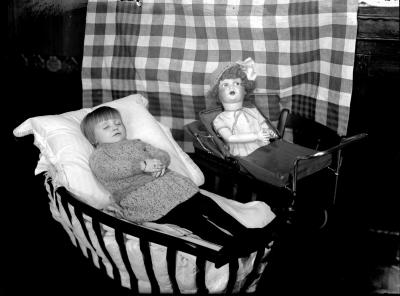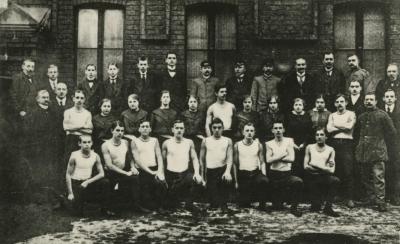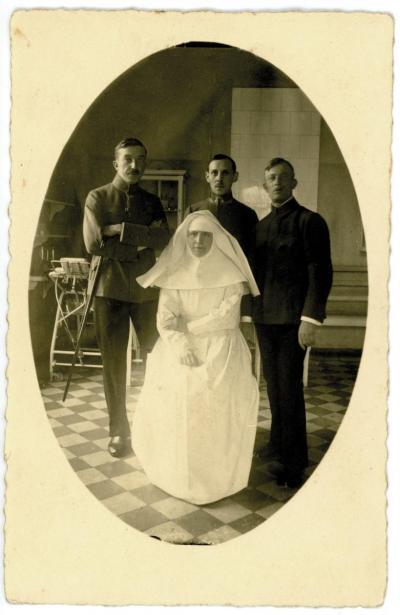Kasimir Zgorecki (1904-1980) – from Recklinghausen to the pantheon of French photography
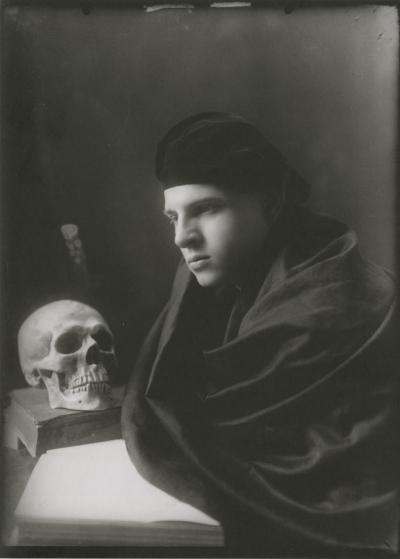
Contemporary witness of the Polish diaspora
Kasimir completed his training as a coppersmith before migrating to France with his parents and sisters. This step was adopted by the “Convention franco-polonaise” of 3 September 1919, a convention which facilitated the mass immigration of Poles and Ruhr Poles.[48] It was agreed three months after the Treaty of Versailles was signed, which, it is estimated, incited 600,000 workers and their families to migrate to France in the decades that followed.[49] The miners signed employment contracts that bound them to work for a year under ground.[50] Year after year, job security was dependent on demand. This detail is interesting when considering the fact that Kasimir Zgorecki terminated his employment in pit 10 de Billy-Montigny early.[51]
The migration of his family to the Nord-Pas-de-Calais region happened in the wake of the restoration of France, after his family had probably been poached in Duisburg by the “Comité Central des Houillères de France” (CCHF). And yet the trip out of the Ruhr area was not without its difficulties because the transport convoys with all the families’ worldly goods were frequently prevented from continuing on.[52] The French mining companies often built towns especially for the migrants, which is why Polish communities started to reform after their arrival.[53] At the same time, similar living conditions were created to those that had existed in the Ruhr area. Many former neighbours found each other again in their immediate surroundings. Associations from the Ruhr area were set up again. There was, so to speak, a re-emergence of the former community.[54] It did not take long for major differences to be seen between the “Westphalians” and the Poles from the East. Those who came from the Ruhr area were well versed in the state-of-the-art German working techniques and this caused a rift in the Polish-speaking community in many respects.[55] For example, the Ruhr Poles opened the first shops and stocked newspapers, such as Narodowiec, from their homeland.[56] The day-to-day life of the fathers and sons centred around their employment, whilst the women were responsible for the children and the household.
[48] Janine Ponty: Polonais méconnus, p. 681.
[49] Janine Ponty: Une intégration difficile, p. 51.
[50] Vgl. Janine Ponty: Une intégration difficile, p. 52.
[51] Frédéric Lefever: Kasimir Zgorecki, p. 11.
[52] Diana Cooper-Richet: Les mineurs polonais, p. 46.
[53] Diana Cooper-Richet: Les mineurs polonais, p. 48.
[54] Henri Dudzinski: Les Polonais du Nord, p. 13.
[55] Janine Ponty: Une intégration difficile, p. 52.
[56] Janine Ponty: Une intégration difficile, p. 54.
